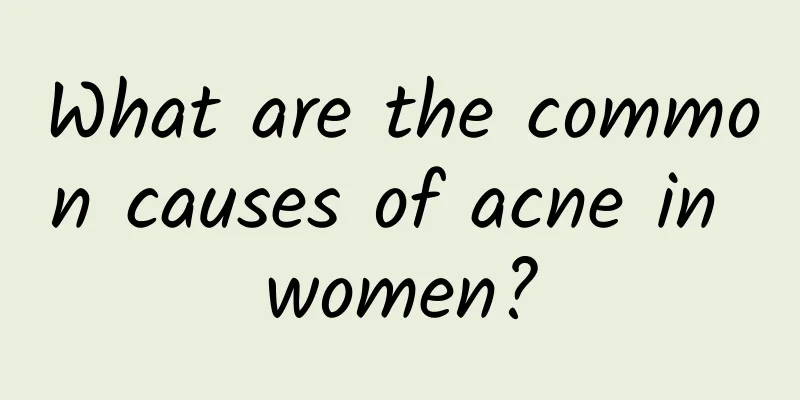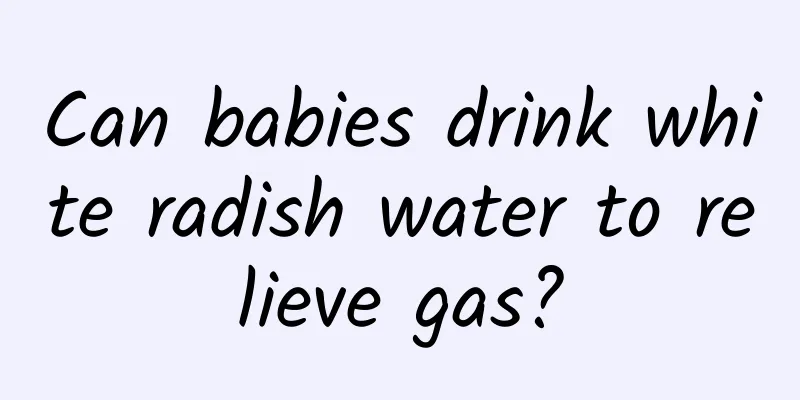Seventeen symptoms of mild autism

|
Autism is a relatively common mental illness that often occurs in some children. If mild autism occurs, parents must understand it and take their children for treatment in time. Mild autism often manifests as insensitivity to sound, inability to communicate with peers or other people, sometimes talking to oneself inexplicably, or laughing, etc. These are all typical symptoms of autism. Seventeen symptoms of mild autism 1. No response to sounds 2. Difficulty joining peers 3. Refusing to accept changes 4. Indifferent to the environment 5. Parroting 6. Likes to spin objects 7. Laughing for no apparent reason 8. Resisting normal learning methods 9. Strange way of playing 10. Uneven motor development 11. Insensitivity to pain 12. Lack of eye contact 13. Special dependence on a certain object 14. Crying for unknown reasons 15. Extra active or immobile 16. Refusing to be hugged 17. Not afraid of real danger Specific symptoms 1. Language barriers Language and communication barriers are important symptoms of autism and the main reason why most children seek medical treatment. Language and communication disorders can manifest in many forms. Most children with autism have delayed or impaired language development. They usually still cannot speak at the ages of two and three, or they experience language regression after normal language development. They have expressive language before the age of 2 to 3 years, which gradually decreases with age or is even lost completely. They remain silent for life or, in rare cases, use limited language. They have some degree of obstacles in their perception and expression of language. 2. Patients with social interaction disorders cannot establish normal interpersonal relationships with others. When they are young, they do not make eye contact with others, have a dull expression, lack the expression or gesture of expecting hugs and caresses from their parents or others, and have no happy expression when enjoying caresses, and even reject hugs and caresses from their parents and others. He cannot distinguish between close and distant relationships and treats his relatives with the same attitude as he treats other people. Unable to establish a normal attachment relationship with parents, patients have difficulty establishing normal partnerships with children of the same age. For example, they tend to stay alone in kindergarten and do not like to play with their peers. When they see some children playing games enthusiastically together, they have no interest in watching or desire to participate. 3. Patients with narrow interests and stereotyped behavior patterns are not interested in the games and toys that normal children are keen on, but like to play with non-toy objects, such as a bottle cap, or observe a rotating electric fan, etc., and can last for dozens of minutes or even hours without feeling bored. Not interested in the main features of toys, but very concerned about non-main features: patients stubbornly require to keep the daily activity routine unchanged, such as going to bed at the same time, covering the same quilt, taking the same route when going out, etc. If these activities are stopped or behavioral patterns are changed, the patient will express obvious unhappiness and anxiety, and even engage in rebellious behavior. Patients may have repetitive stereotyped movements, such as clapping their hands, turning in circles, licking the wall with their tongue, stomping their feet, etc. 4. Intellectual disability Among autistic children, the intelligence level is very inconsistent. A few patients are within the normal range, while most patients show varying degrees of intellectual disability. Domestic and foreign studies have shown that intelligence tests on autistic children revealed that about 50% of them had moderate or above intellectual disabilities (IQ less than 50), 25% had mild intellectual disabilities (IQ 50-69), and 25% had normal intelligence (IQ greater than 70). Those with normal intelligence are called high-functioning autism. |
<<: Nine main symptoms of cervical spondylosis
>>: Symptoms of self-talk psychosis
Recommend
Traditional Chinese Medicine Treatment Methods for Pulmonary Tuberculosis
With the continuous improvement of living standar...
The dangers of orthodontic tooth extraction
Teeth are a very important part of our human body...
Symptoms of multiple uterine fibroids
Uterine fibroids are a common disease among our f...
What should I do if I have a fever and a cold?
It is June before we know it, the weather is gett...
What causes impetigo?
Impetigo is a relatively common skin inflammation...
Causes of venous dilation
The disease of varicose veins is mainly caused by...
What does immune system disease mean?
Our immune system is a complex but well-ordered s...
What is the reason for less leg hair?
When walking on the street, you will often find t...
Posterior circulation cerebral infarction
Patients with posterior circulation ischemic cere...
The dangers of knee injection
Medical conditions are very advanced nowadays. Fo...
Treatment methods for neurodermatitis, old Chinese medicine teaches you dietary therapy
Neurodermatitis is a common skin disease, and its...
Is it good to apply chrysanthemum water to the eyes?
Eye health is very important for physical health ...
The efficacy and side effects of drinking Dendrobium soaked in water
Although there are many benefits of drinking Dend...
What's wrong with the red spots on the child's body?
If red spots appear on a child's body, parent...
Allergic rhinitis cough
There are many factors that lead to rhinitis. One...









